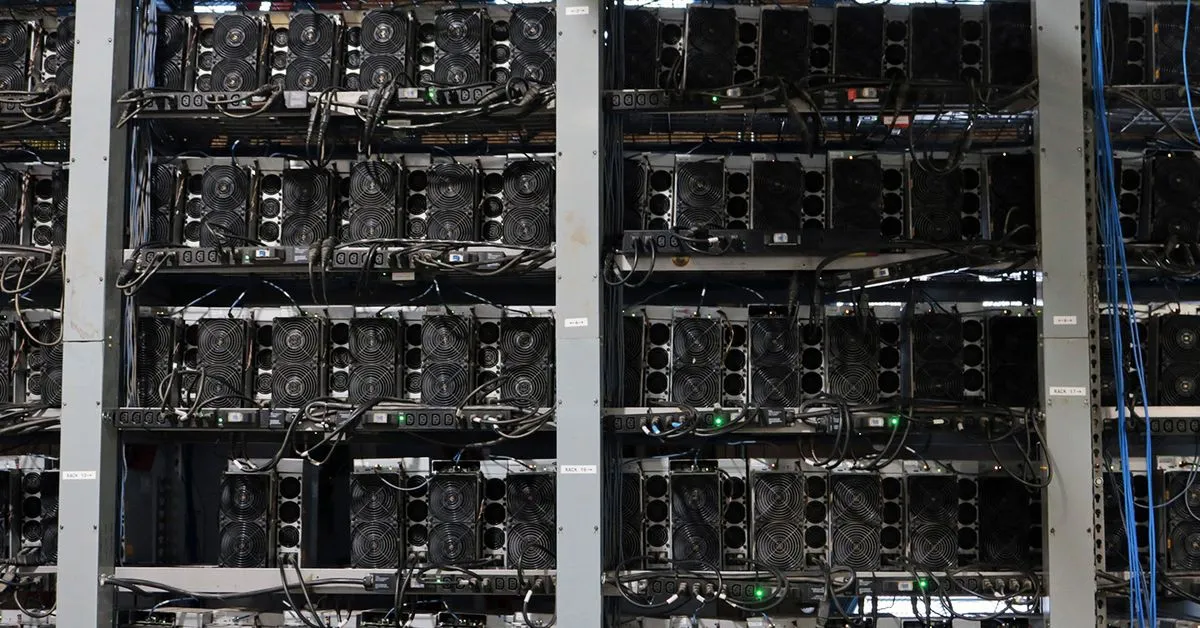With the upcoming halving of Bitcoin rewards, the mining hashrate, a measure of computing power on the network, is expected to decline dramatically. Currently, miners receive 6.25 BTC per block ($170,000) and in April 2024 this will be reduced to 3.125 BTC per block ($85,000). Wolfie Zhao, head of research at mining consultancy Blocksbridge, noted that if Bitcoin isn’t seriously above $30,000, many of them could be mining at a gross loss. Wall Street giant JPMorgan predicted the cost to mine Bitcoin could rise as high as $40,000 after the halving.
Kerri Langlais, chief strategy officer at Bitcoin miner TeraWulf (WULF), stated that energy cost and equipment efficiency will determine winners and losers post halving. Data compiled by Zhao showed that Stronghold Digital Mining (SDIG), Cipher Mining (CIFR) and Riot Platforms (RIOT) have the lowest costs of production, with Stronghold at $8,200, Cipher at $8,600 and Riot at $10,400 per Bitcoin in the first quarter. Investment bank Stifel’s analyst Bill Papanastasiou noted that miners have begun strategizing on capital preservation, fleet efficiency, and diversification.
Ethan Vera, chief operating officer at mining services firm Luxor Technologies, said that once the hashrate sees a large drop off immediately after the halving, there will be very slow growth the following months as the efficient machines replace older machines, and machines change hands to lowest cost operators. Bloomberg Intelligence and Matrixport said that the halving has the potential to supercharge the price of Bitcoin by as much as 81%. Langlais commented that historically, the rise in the price of BTC has outpaced the impact of the halving. Time will tell what happens in this cycle.
